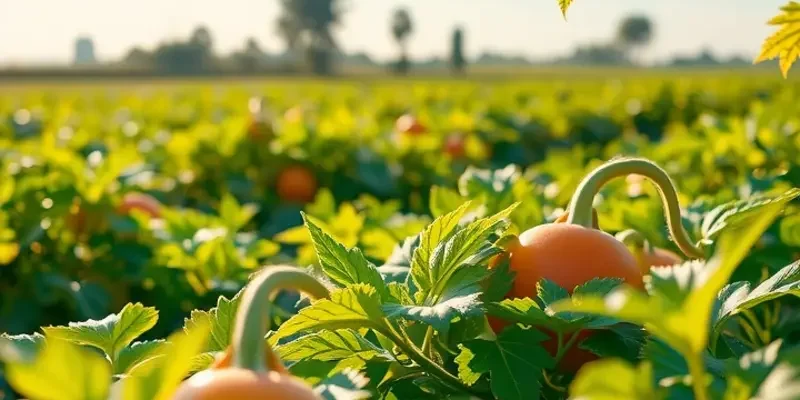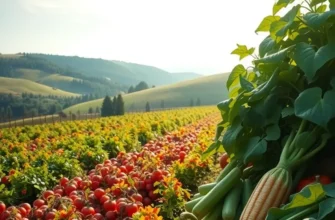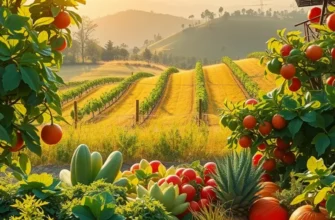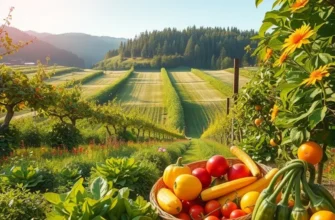Long-term food storage is a practical skill that everyone can benefit from, whether you want to save money, reduce waste, or ensure food availability in times of need. By understanding the fundamentals of safely storing food, you can enhance your food management and make the most of your resources. In this guide, you’ll discover simple but effective strategies for preserving your food supply while minimizing spoilage and maximizing its shelf life.
Understanding Food Storage Methods

Mastering long-term food storage involves understanding various methods and selecting the right technique for each type of food. Whether it’s extending the shelf life of summer’s bounty or stocking a pantry for uncertain times, recognizing the benefits and limitations of each storage method is crucial.
Canning is a time-honored technique used for preserving fruits, vegetables, and even meats. It involves placing foods in jars and heating them to a temperature that destroys microorganisms and inactivates enzymes. This method effectively prevents spoilage and can retain nutrients with minimal loss. Low-acid foods like vegetables often require pressure canning to ensure safety. Meanwhile, high-acid foods such as fruits can be safely processed with water bath canning.
Freezing halts the spoilage process by turning moisture into ice, thereby inhibiting bacterial growth. This method is versatile and convenient for preserving meats, fruits, vegetables, and even baked goods. For best results, maintain a consistent temperature in the freezer to avoid the degradation of food quality. Before freezing vegetables, blanch them to preserve color, texture, and taste. Avoid freezing items with high water content like lettuce, which can become mushy when thawed.
Drying is one of the oldest preservation methods, used effectively even before electricity. By removing moisture, drying inhibits the growth of bacteria, yeast, and molds. Common techniques include air drying, sun drying, and using a food dehydrator. Ideal for herbs, fruits, and meat, drying creates lightweight, shelf-stable products. Always store dried foods in airtight containers in a cool, dark place to maximize shelf life and maintain flavor.
Vacuum sealing removes air and reduces oxidation, a key factor in food spoilage. This method is frequently used in conjunction with freezing or as a standalone method for dry goods. It extends the shelf life of foods while maintaining flavor and texture. Vacuum sealing is excellent for portioning and meal prepping, as it allows efficient organization of your pantry or freezer. When using this method, ensure that all seals are intact, as any exposure to air will compromise the preservation.
Choosing the appropriate storage method depends on the food’s characteristics and your preservation goals. For instance, canning is excellent for making jam from excess summer berries, while freezing may be better for those same berries if you want them available individually for smoothies. Consider using combinations of methods to tailor your storage strategy further. For more insights on how various storage practices can enhance sustainability and reduce waste, explore this eco-smart kitchen storage guide.
Integrating these methods will not only help reduce food waste but also ensure that you always have a well-stocked, versatile pantry. By understanding and utilizing these techniques appropriately, you’re empowered to make informed decisions that align with your culinary needs and lifestyle.
Tips for Safe and Effective Food Storage
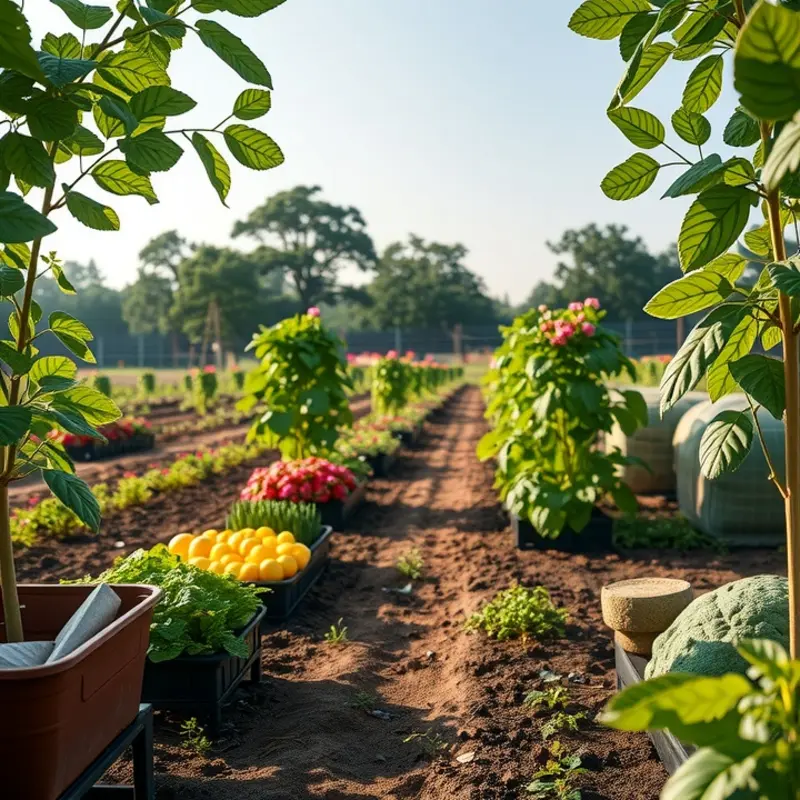
Achieving a balance between food safety and minimizing waste starts with the proper storage of your groceries. First, ensure the packaging of food extends its lifespan. Utilize airtight containers for dry goods to keep moisture and pests at bay. Resist the temptation to store everything in its original packaging unless it offers substantial protection.
Temperature control is crucial for maintaining food freshness. Refrigerate perishables immediately and keep refrigerator temperatures below 40°F (4°C) while freezers should be at 0°F (-18°C) or lower. To help with this, consider thermometers to monitor effectiveness. Position items in the fridge wisely—place ready-to-eat foods above raw items to avoid potential cross-contamination.
Cleanliness is non-negotiable in food storage. Regularly clean storage areas to prevent mold and bacteria growth. Pay attention to cluttered spaces where dirt and crumbs can accumulate. Implement a routine cleaning schedule, focusing on areas that are often neglected, like under storage bins and between shelves.
Effective labeling is a game-changer for reducing food waste and confusion. Attach labels that include the date of storage. This ensures you’re aware of how long items have been stored, helping to prioritize older foods first—a practice commonly known as FIFO (First In, First Out). You can use a basic marker and tape or invest in labels designed for cold storage.
Additionally, understanding the specific storage needs of different foods can prevent spoilage. For instance, potatoes last longer in cool, dark places, while tomatoes should ideally be stored at room temperature. For guidance on specialized storage, resources such as the Safer Storage of Sauces offer insights into handling specific items correctly.
Avoid overcrowding storages or fridges. Packed spaces restrict air circulation, leading to uneven cooling and increasing spoilage risks. Use organizational tools like baskets or bins to group similar items, which streamlines access and helps you keep an eye on stock levels.
For those concerned with durability and eco-friendliness, stainless steel containers or reusable silicone bags offer sustainable, long-lasting alternatives to single-use plastics. Align your storage practices with eco-friendly initiatives from your kitchen habits to make a positive environmental impact.
By employing these strategies, you not only maximize the shelf life of your foods but also actively partake in waste reduction. These practices make your kitchen safer and more efficient, contributing to a sustainable lifestyle choice.
Final words
Long-term food storage is not just about saving food; it’s an essential skill that can help manage your household budget and reduce the environmental impact of food waste. By investing time in understanding storage methods and applying safety tips, you can enjoy a more organized kitchen and ensure that your food remains safe and nutritious for longer periods. Remember, proper preparation and knowledge are key to successful food storage, allowing you to take full control of your pantry.

